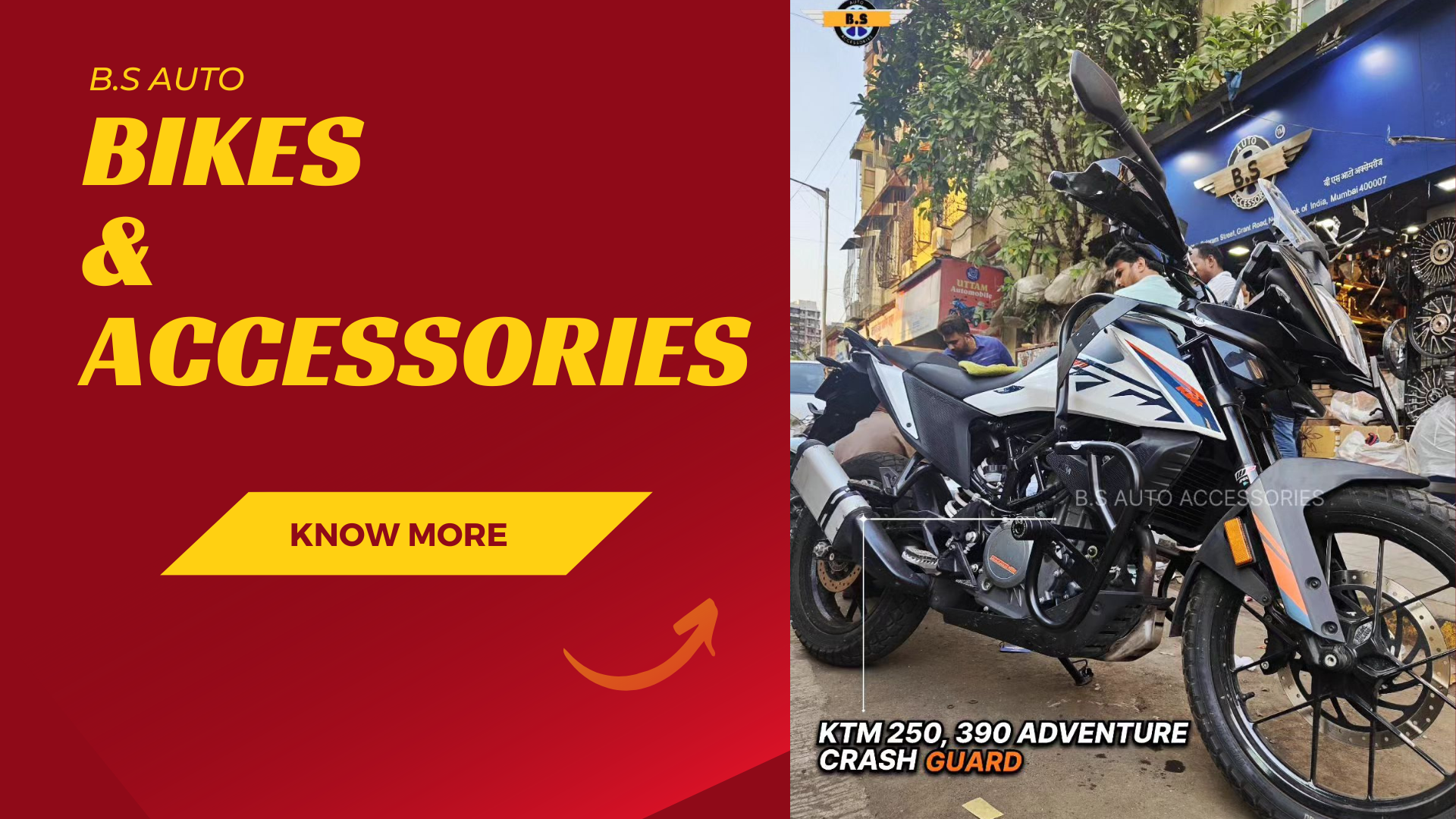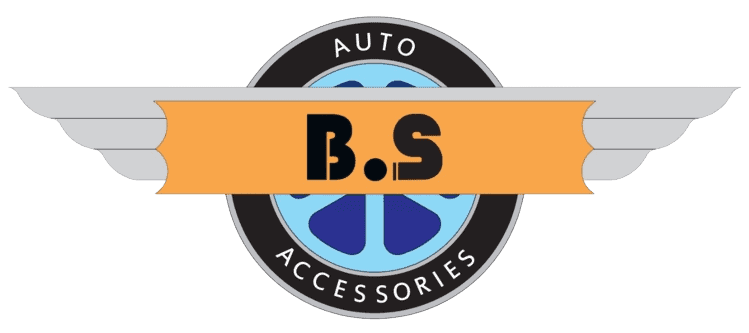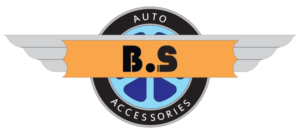
Introduction:
This article offers the ultimate bike checklist, designed to assist you in preparing for a fantastic ride. By adhering to this checklist, which includes examining various components, checking tire pressure, and verifying proper functionality, in conjunction with essential bike accessories, you can ensure that your bike is fully prepared to tackle any cycling endeavor.
I. Overall Bike Inspection:
- Frame and Fork: Check for cracks, dents, or any structural issues. B. Bolts and Fasteners: Ensure that all bolts are tight and secure. C. Cables and Housings: Inspect for fraying, corrosion, or signs of wear. D. Brake System: Check brake pads, levers, and cables for proper functioning. E. Drivetrain: Examine chain, cassette, and derailleurs for wear and lubrication needs.
II. Tire and Wheel Inspection:
- Tire Condition: Check for cuts, bulges, or excessive wear. B. Tire Pressure: Inflate tires to the recommended pressure. C. Wheel Alignment: Inspect wheels for any wobbling or misalignment. D. Spokes: Check for loose or broken spokes. E. Quick Release Skewers: Ensure they are properly tightened.
III. Braking System:
- Brake Pads: Inspect brake pads for wear and replace if necessary. B. Brake Lever Action: Test brake lever responsiveness. C. Brake Cable Tension: Adjust cable tension if needed. D. Brake Calipers: Check alignment and proper function.
IV. Gearing System:
- Shifters: Test shifters for smooth operation and accurate gear changes. B. Derailleurs: Ensure proper alignment and adjustment of front and rear derailleurs. C. Chain: Lubricate the chain and check for excessive wear. D. Cassette: Inspect cassette for wear and replace if necessary.
V. Suspension System (if applicable):
- Fork: Check for smooth travel, proper air pressure, and any leaks. B. Rear Shock: Inspect for proper functioning, air pressure, and any leaks.
VI. Lights and Reflectors:
- Front and Rear Lights: Ensure they are working and fully charged. B. Reflectors: Check for visibility and replace if damaged or missing.
VII. Accessories and Equipment:
- Helmet: Check for proper fit and ensure it meets safety standards. B. Water Bottles and Cages: Securely attach water bottles and cages. C. Bike Bag or Panniers: Pack essential items for the ride.
VIII. Emergency Tools and Supplies:
- Multi-Tool: Carry a compact tool with essential functions for on-the-go repairs. B. Spare Tube and Patch Kit: Have a spare tube and patch kit for fixing flat tires. C. Pump or CO2 Inflator: Ensure you have a means to inflate tires. D. First Aid Kit: Carry a basic first aid kit for any minor injuries.
IX. Proper Clothing and Safety Gear:
- Cycling Apparel: Wear moisture-wicking and comfortable clothing suitable for the weather conditions. B. Cycling Shoes: Ensure proper fit and functionality of cycling shoes. C. Gloves: Wear gloves for improved grip and protection. D. Safety Gear: Consider wearing a reflective vest, arm bands, or ankle bands for increased visibility.
X. Pre-Ride Preparation:
- Hydration: Fill up your water bottles or hydration pack with enough water. B. Weather Check: Check the weather forecast to dress appropriately and plan for any potential changes. D. Route Planning: Familiarize yourself with the planned route, including any elevation changes or potential hazards.
XI. Post-Ride Maintenance:
- Cleaning: Wipe down your bike to remove dirt, mud, and debris. B. Lubrication: Apply chain lubricant and any necessary lubrication to moving parts. C. Storage: Store your bike in a safe and dry place, away from extreme temperatures or humidity.
XII. Regular Bike Maintenance:
- Scheduled Tune-Ups: Schedule regular maintenance at a bike shop for more in-depth inspections and adjustments. B. Professional Servicing: Consider professional servicing for complex repairs or specialized bike components.
Conclusion:
A well-prepared bike is the foundation for a great ride. By following this comprehensive bike checklist, along with utilizing essential bike accessories, you can ensure that your bike is in optimal condition, enhancing your safety, and allowing you to fully enjoy your cycling experience. Regularly performing these checks and addressing any issues promptly will extend the life of your bike and minimize the risk of mechanical failures.

